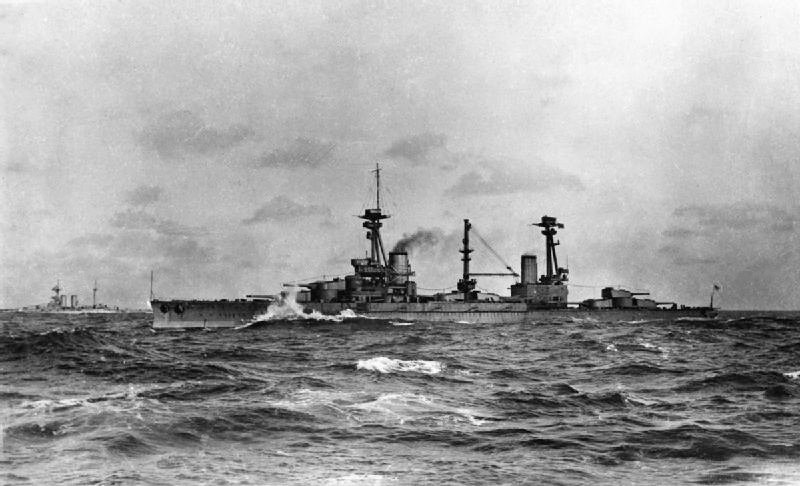
HMS Agincourt, Due to the South American Rivalry between Brazil, Argentina and Chile, The Brazilian Government ordered a dreadnought from Armstrong's to be called Rio de Janeiro. The design was changed after a change of Government in Brazil to incorporate seven main turrets making this a very long Battleship. The design was accepted and laid down in September 1911. But within the year the Brazilian Government were looking for another country to buy the battleship. and it was eventually sold to Turkey at the beginning of 1914 for the sum of £2,725,000.
The battleship was to be called Sultan Osman I for the Ottoman Empire. The ship was completed when world war one broke out but was not handed over to Turkey on the orders of Winston Churchill. The Admiralty had been ordered to slow down / delay the final construction in the months of June and July. The Battleship went on a number of sea trials, more than was expected by the Turkish Officers and Technicians. Ending up on the Forth near the railway bridge on the 18th July and in the morning sailed back to the Walker yard arriving under the Royal Navy Ensign and called HMS Agincourt (earning the nickname 'The Gin Palace')
On the 27th July, the Turkish steamer Nasid Pasha arrived with the Turkish crew and tied alongside the battleship. The Royal Navy were given the date of the 2nd August for the compete hand over of the ship to Turkish control. On the 2nd August, a detachment of Sherwood Foresters came marching through the gates with fixed bayonets and boarded the battleship. The Turkish Officers knew what was happening and offered no resistance, boarded the Neshid Pasha and departed shortly afterwards.
HMS Agincourt was officially commissioned on 7th August and joined the 1st Battle Squadron in time for the battle of Jutland.


No comments:
Post a Comment